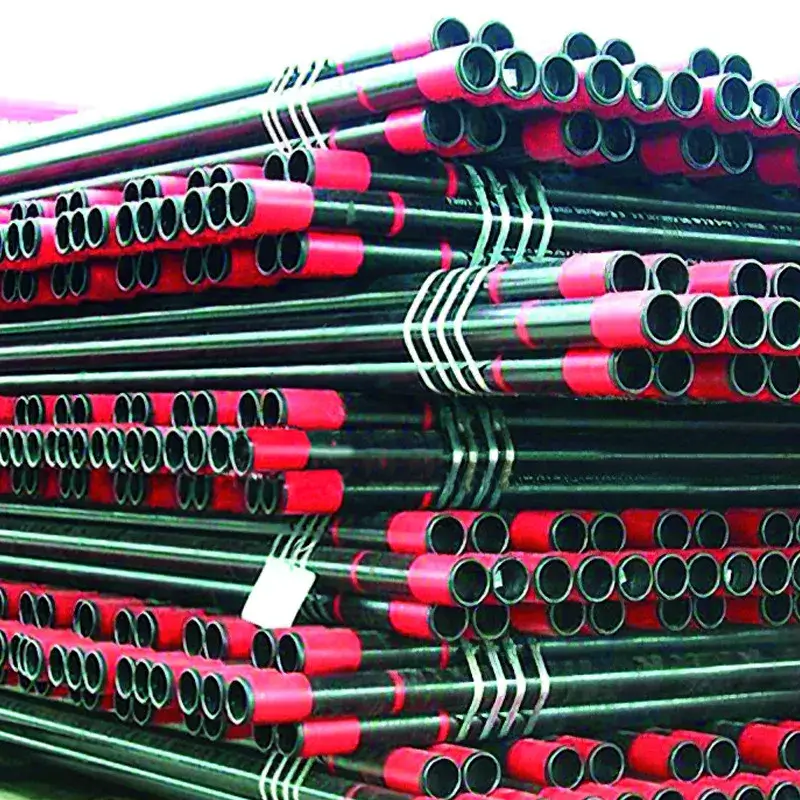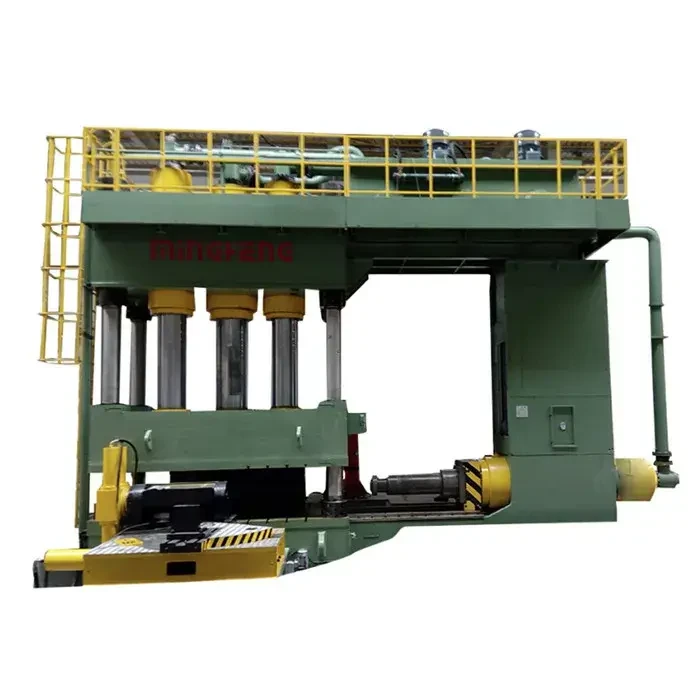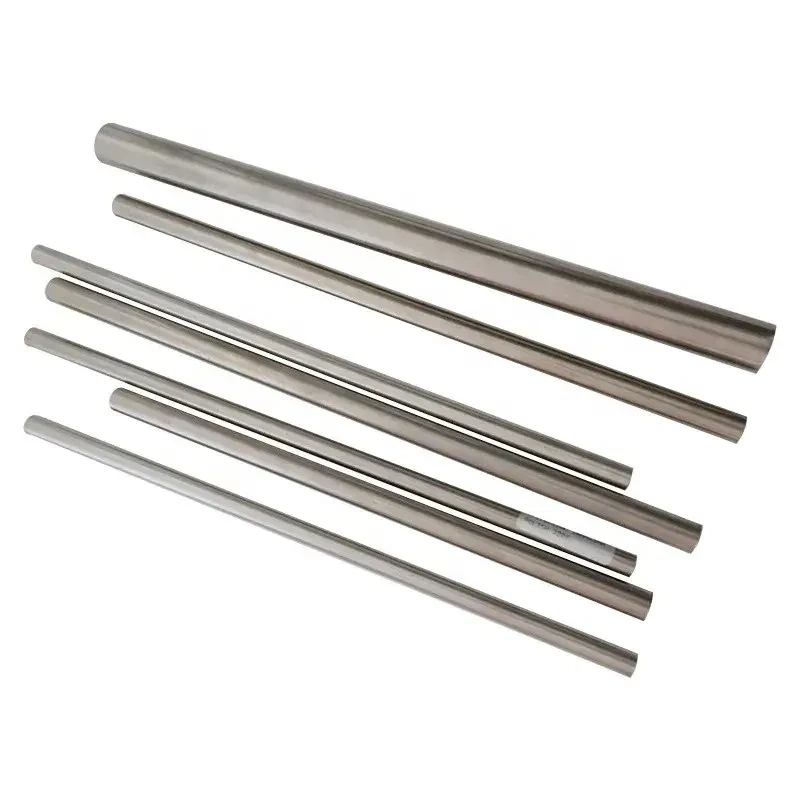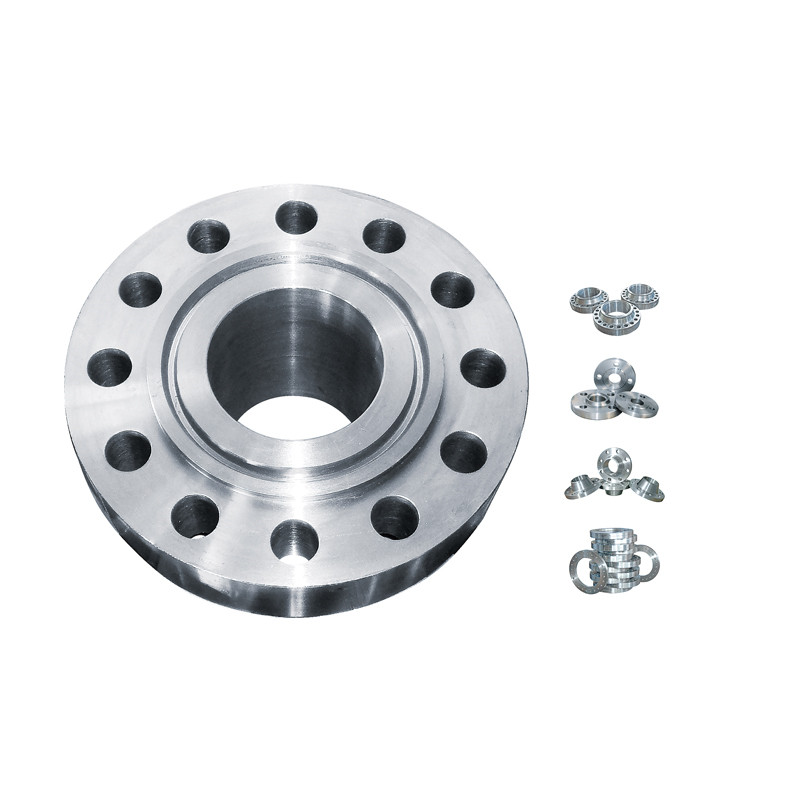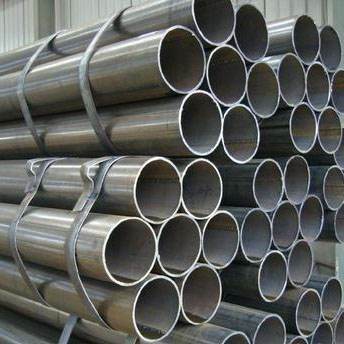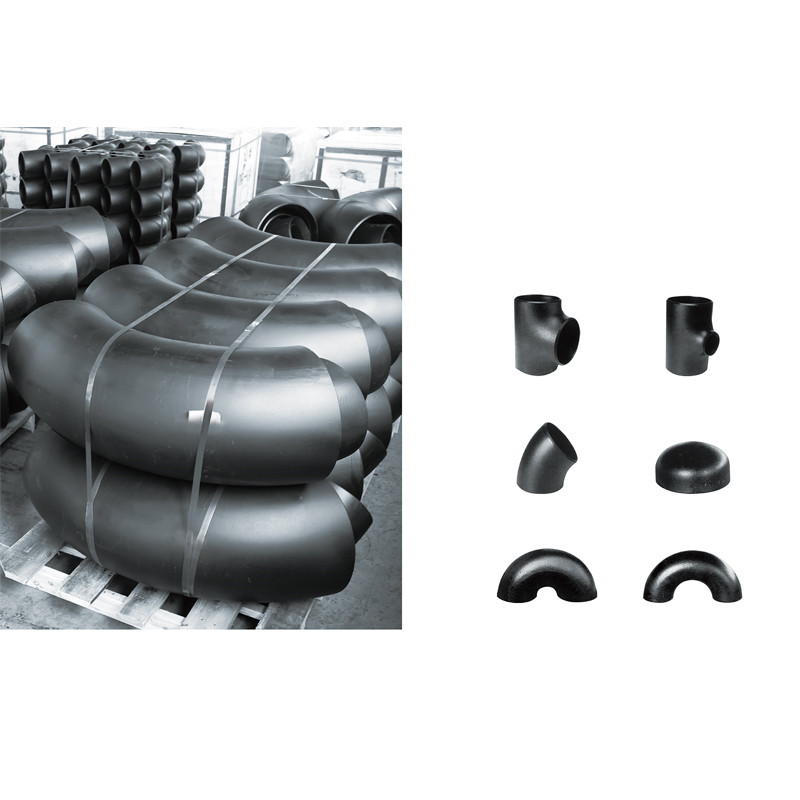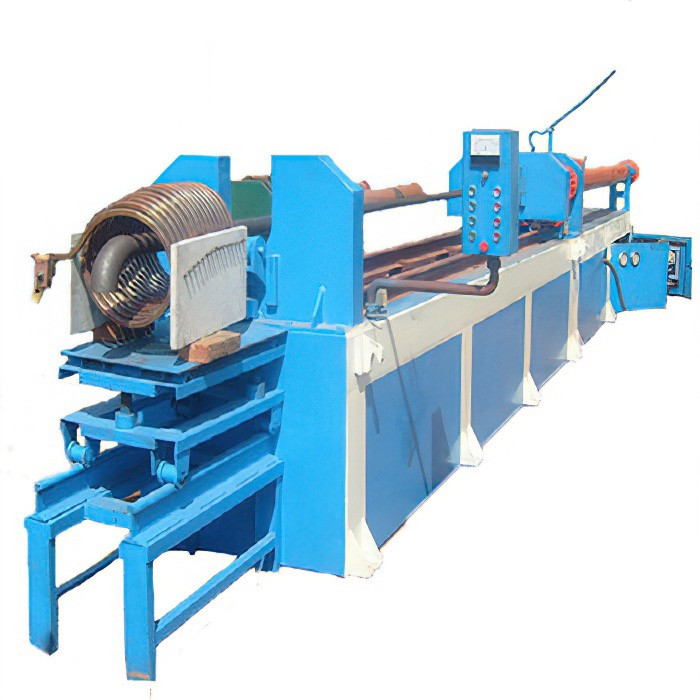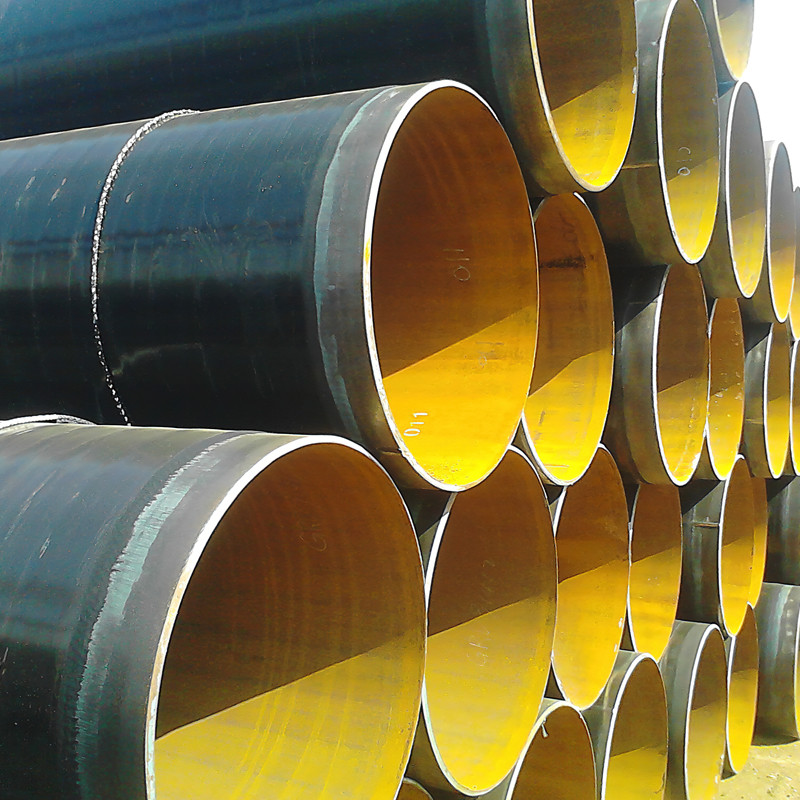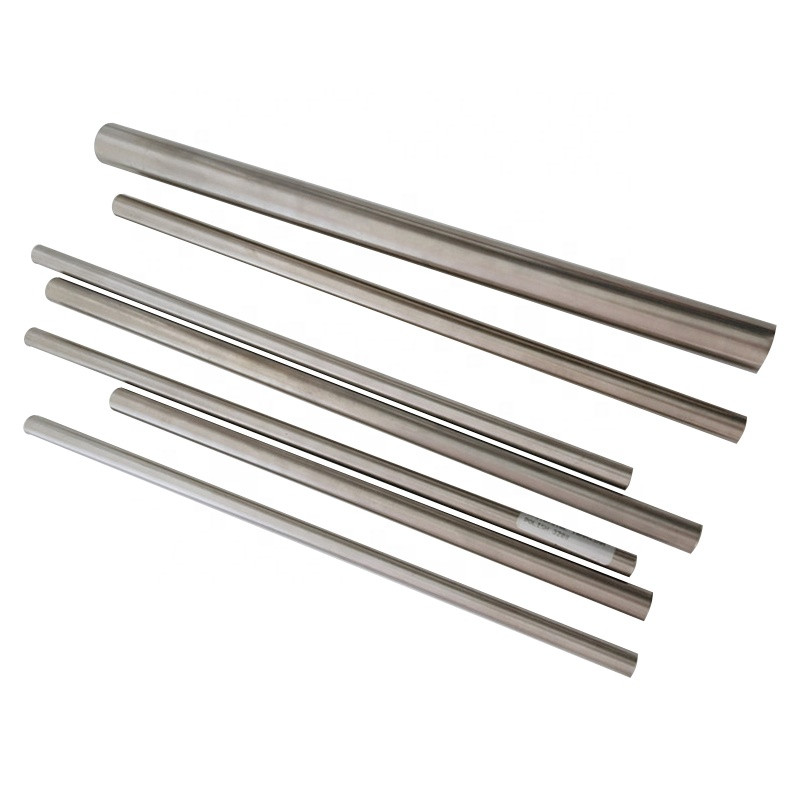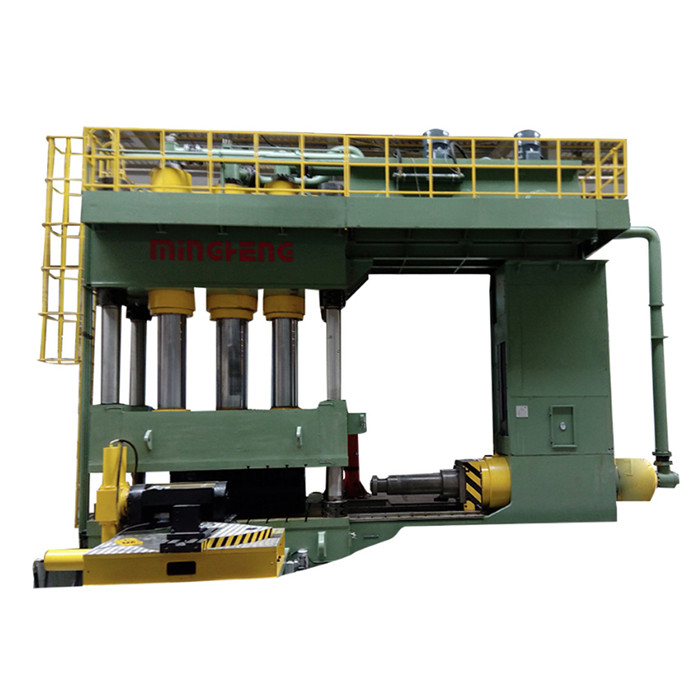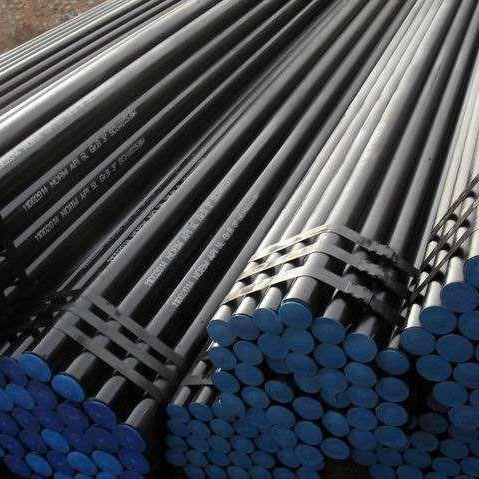A Field Note on the Modern heat exchanger tube: specs, sourcing, and what really matters
I spent a morning in Tongzhou District, Beijing—Rm 1103 of a very normal-looking building, if you must know—talking with engineers who live and breathe boiler coils and bundles. Not glamorous, but vital. The humble heat exchanger tube is where uptime is won or lost, where a 1% efficiency gain can be a few hundred thousand dollars a year in a refinery.
World Steel Material’s lineup sticks to the proven Japanese standards: JIS G3461 (carbon steel for boilers/HEX) and JIS G3462 (alloy steel for high-temp service). Grades include STB340/410/510 and STBA12/13/20/22/24. It’s classic, yes, but for good reasons: predictable properties, global acceptance, and straightforward QA.

How they’re made (short version)
Materials: clean billets matched to JIS chemistry windows. Typical route: billet → rotary piercing → hot rolling → cold drawing (as needed for tight tolerances) → heat treatment (N, NT, Q&T for alloys) → straightening → pickling/phosphate & oil → NDT → hydro-test → marking & MTRs. It sounds linear; in reality, there’s a lot of micro-adjusting to hit ovality and wall-thickness within tolerance. Many customers say the straightness and surface finish are noticeably consistent—less fiddling during bundle assembly.
Product specs (selected)
| Grade | Standard | OD Range (mm) | WT (mm) | Condition | Typical TS (MPa) | Hydro Test |
|---|---|---|---|---|---|---|
| STB340/410/510 | JIS G3461 | 12–114.3 ≈ | 1.2–12 ≈ | Hot finished / Cold drawn | 410–590 (STB410) | 7–15 MPa, per spec |
| STBA12/13/20/22/24 | JIS G3462 | 12–89 ≈ | 1.2–10 ≈ | N / NT / Q&T | ≥ 440–620 (typ.) | Per drawing/standard |
Tolerances: OD ±0.75% to ±1.0% and WT ±10% typical; real-world use may vary with size. NDT: eddy current/UT to JIS/ASTM practices. MTRs: EN 10204 3.1 available. Service life: around 10–20 years depending on media, fouling, and water chemistry.

Applications and what buyers actually ask
- Power boiler and HRSG bundles — STB410 for economizers; STBA24 where temperatures creep up.
- Petrochemical exchangers — refineries often mix heat exchanger tube grades to balance cost vs. creep strength.
- HVAC chillers and district energy — thinner walls, tighter ovality for better expansion joint fit.
- Food & beverage and pharma utilities — clean surface finish, stricter PMI and low ferrite checks.
Testing, certifications, and sample data
Standards followed: JIS G3461/G3462; ASME Boiler Code material mapping where applicable; TEMA for exchanger design fits. Typical lab pulls on STB410: YS ≈ 245 MPa, TS ≈ 410–560 MPa, El ≥ 20%. Hardness often ≤ 85 HRB after normalizing. Third-party witnessing (SGS/TUV) available. PMI, grain size, flattening, flaring, reverse bend, and 100% EC are routine on export lots.
Vendor landscape (quick take)
| Vendor | Standards | MOQ | Lead Time | Custom bends/fins | Certs |
|---|---|---|---|---|---|
| World Steel Material | JIS G3461/G3462, ASME mapping | ≈ 3–5 tons | 3–6 weeks | Yes (partner shops) | ISO 9001; EN 10204 3.1 |
| Regional Mill A | ASTM A179/A210/A213 | ≥ 10 tons | 6–8 weeks | Limited | ISO 9001, PED (some lines) |
| OEM Trader B | Mixed JIS/ASTM | Flexible | Varies | Yes | Supplier-dependent |
Noted feedback: consistent ovality and fewer leak checks on expansion joints with the heat exchanger tube from the Beijing team, which frankly aligns with what I saw in their straightness control logs.
A quick case in point
A Middle East refinery swapped mixed-origin tubes for STBA24 in high-skin-temperature exchangers; fouling unchanged, but creep margin improved and inspection intervals extended from 24 to 36 months—small change, big availability win. In a district cooling plant, STB410 cold-drawn tubes with tighter WT tolerance shaved about 1.5% pumping energy, according to their ops lead. Modest, but recurring.
Origin: Rm 1103, Shangpintaihu Bld 3#, Tongzhou District, Beijing. If you need custom cut-to-length, U-bending, or finned tube pairing, ask up front—lead time can jump a week or two.
References
- JIS G3461: Carbon steel tubes for boiler and heat exchanger. Japan Standards Association. https://webdesk.jsa.or.jp
- JIS G3462: Alloy steel tubes for boiler and heat exchanger. Japan Standards Association. https://webdesk.jsa.or.jp
- ASME Boiler and Pressure Vessel Code, Section I/II. The American Society of Mechanical Engineers. https://www.asme.org
- TEMA Standards: Tubular Exchanger Manufacturers Association. https://www.tema.org
Post time: Oct . 06, 2025 12:40



